5 Types of Septic Tanks (With Pictures)
-

- Last updated:
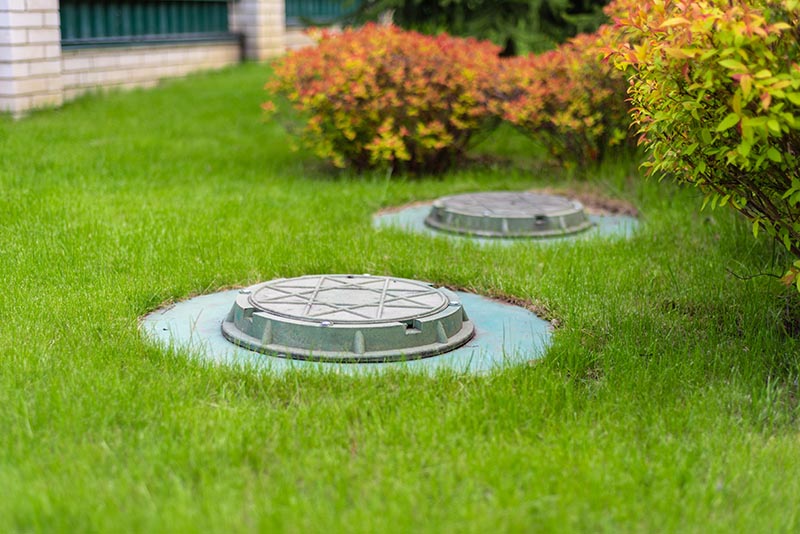
You may not know this, but your water-based home appliances are all connected to a septic system that processes waste from your sinks, toilets, showers—you name it. For these systems to work properly, an appropriately sized and well-maintained septic tank is essential.
Although there are a few different types of septic tank sizes available on the market, understanding the five most basic types can help you make the right choice for your home.

The 5 Types of Septic Tanks
1. Concrete Septic Tanks
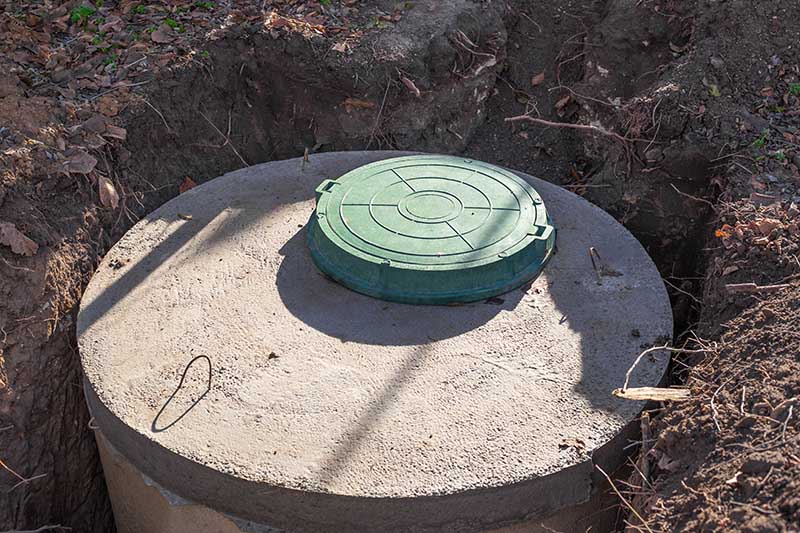
If you are on the hunt for a dependable, long-term answer to your septic needs, concrete tanks might be right up your alley. Not only do they have excellent longevity and can endure more waste than other sorts of tanks, but they also come with their own set of disadvantages—weight being one such issue when it comes to installation.
However, even though these types of tanks may cost more in comparison to others initially due to installation fees included in the purchase price, investing in them now will most likely save you money over time as there won’t need any costly replacements or repairs down the line!
- Durable
- Compatible with the majority of buildings in the USA
- Very watertight
- Installation process is low risk
- Heavy, making it not easy to install
- Expensive
2. Fiberglass Septic Tanks
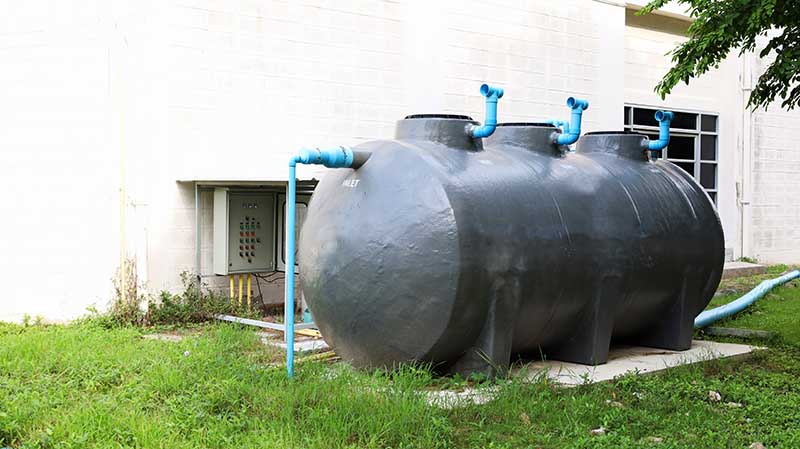
Although fiberglass septic tanks are lightweight and easier to install than concrete models, major ground movement can cause them to crack. Nonetheless, these tanks will last for many years with proper care and maintenance—unless the land shifts significantly.
In this case, costly repairs or replacements may be necessary. So do your homework before choosing this type of septic tank.
- Lightweight
- Resistant to cracking
- Watertight
- Easy to install
- Prone to cracking over time
- Vulnerable to damage when installation
3. Plastic Septic Tanks
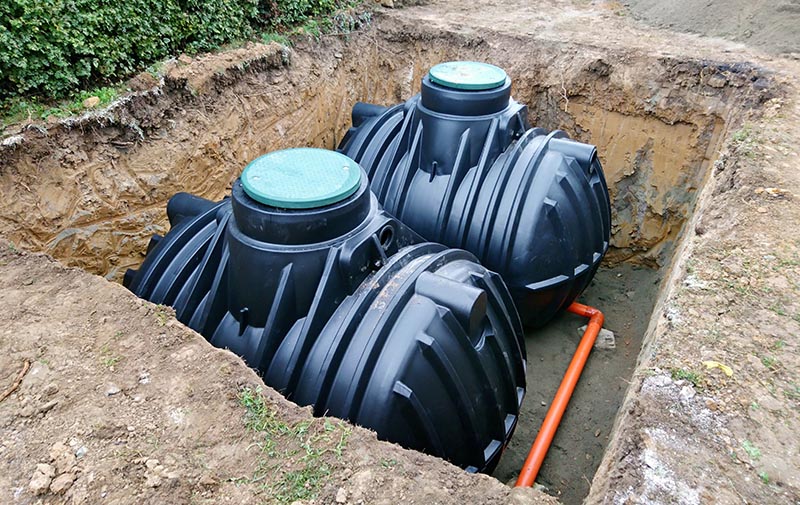
Plastic septic tanks are the perfect option for those in search of an economical, lightweight, and flexible solution. Much simpler to install than other types of tanks, these plastic models will not break or crack like fiberglass can.
However, plastic tanks might need replacing every few years, depending on their waste storage capacity. Be sure you factor this into your final buying decision!
- Lightweight
- Resistance to water-based corrosion
- Rust-resistant
- Flexible
- Economical
- May need to be replaced every few years
4. Steel Septic Tanks
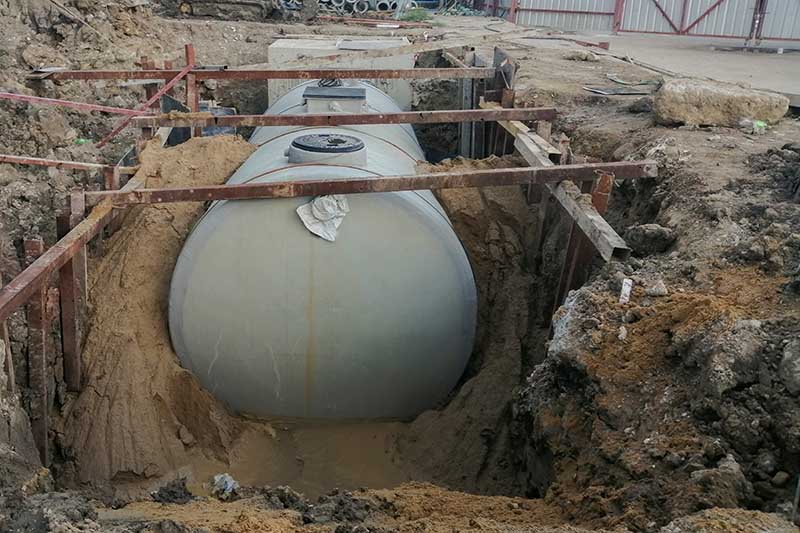
Steel septic tanks are a great choice for those who want a tank that will last longer than plastic models—up to 30 years in some cases! They’re also more resistant to cracking and shifting ground—provided your soil isn’t too acidic or alkaline.
If it is, investing in a steel septic tank is probably a bad idea. Instead, think about going with a more corrosion-resistant material, like plastic or concrete.
- Long-lasting
- High resistance to cracking and shifting ground
- Sensitive to soil acidity or alkalinity
- Very hard to remove
- Costly to install
5. Aerobic Septic Tanks
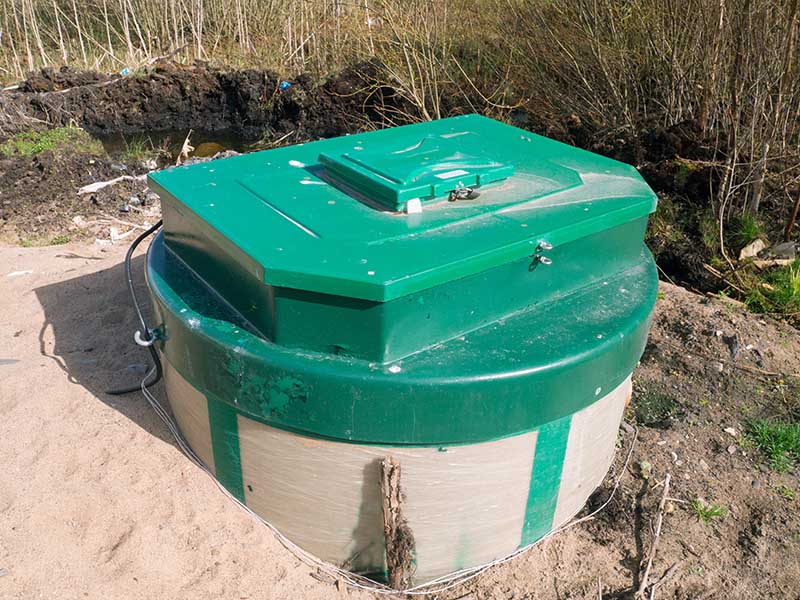
Aerobic septic tanks are the most ecologically beneficial sewage treatment choice available. Through a combination of air and microorganisms, this type of tank safely breaks down waste products; however, households must ensure routine pump-outs to maintain their system’s efficiency.
Failure to do so can lead to severe problems that might require costly replacements or repairs. Also, for aerobic septic tanks to work, they must be connected to an external electrical source.
- Eco-friendly
- Safely breaks down waste products
- Requires frequent maintenance
- Needs electricity

Septic Tank Care and Maintenance Tips
By now, you should have a pretty good idea of which septic tank is most suitable for your needs. But regardless of which type you choose, all septic tanks require special care and attention to ensure they keep functioning properly. Here’s how to keep yours in tip-top shape:
Pump It Out Regularly
Depending on the size of your tank and how much wastewater you generate, you should have your septic tank pumped out every two to five years. A professional can help you determine the ideal schedule for pumping out your tank.
Get an Inspection
Periodic inspections of your septic tank can help you spot potential problems that could lead to expensive repairs down the road. For this reason, it’s wise to have your tank inspected every few years.
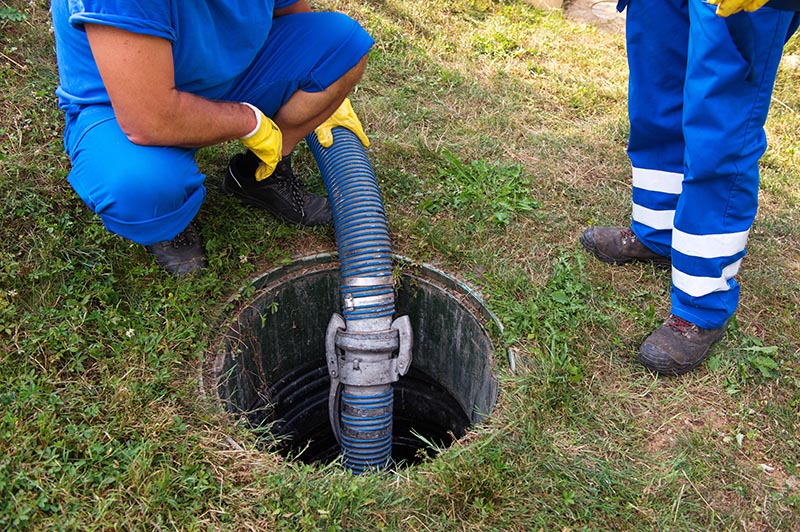
Be Mindful of What Goes Down the Drain
Avoid flushing items like wet wipes, condoms, feminine hygiene products, and anything else that doesn’t easily break down. This can clog the pipes and cause damage to the tank itself.
Conserve Water
You should also be mindful of how much water you use to stop the tank from being overburdened. Conserve whenever possible and spread out your water usage (i.e., don’t do all your laundry in one day).
Be Careful Where You Plant
Lastly, avoid planting trees or shrubs too close to the tank. Their roots can interfere with the system and cause costly damage.
If you take care to follow these tips, your septic tank should last for many years to come. And if you ever have any questions or concerns, don’t hesitate to contact a professional for help.

Conclusion
Choosing the right septic tank is a big decision—and a big investment! But with careful consideration, you can select the right type for your needs and keep it running smoothly with proper maintenance.
Featured Image Credit: Yuri Snegur, Shutterstock
Contents
